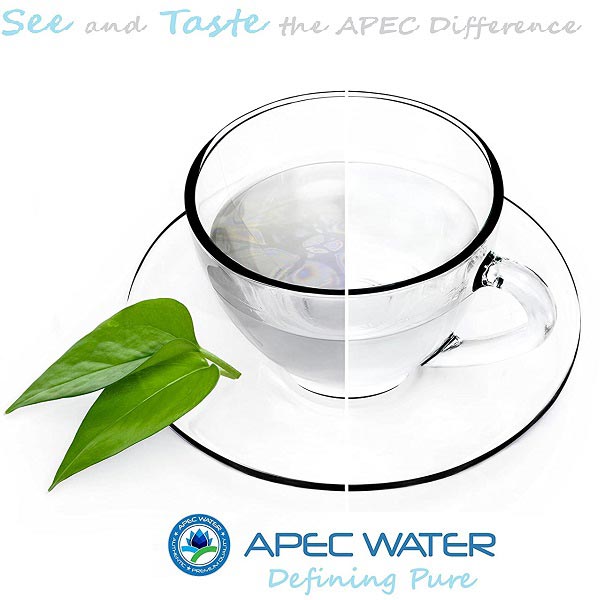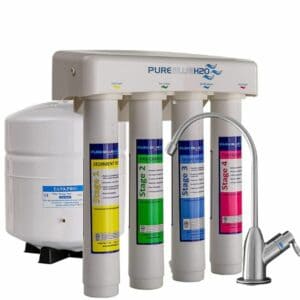What is Reverse Osmosis?
Reverse Osmosis is a powerful water filtration technology that has been widely used for decades. The process involves two different solutions of different concentrations separated by a specially designed semi-permeable membrane that only allows water molecules to pass through.
During the process, pressure is applied to reverse the natural flow of water and push the water molecules to move to the weaker concentration (or the permeate) passing through the membrane. The molecules and even atoms from different contaminants are left behind forming the brine or reject which is then sent to the drain.
This filtration method effectively removes common impurities such as lead, arsenic, bacteria, viruses, and fluoride from the liquid.
RO systems are popular because they are affordable as compared to bottled water. They are also easy to install and require minimal upkeep. They also produce high-quality drinking water without the need for chemicals or electricity; in fact, some RO systems can filter up to 99 percent of all unwanted particles from your tap or well water supply.
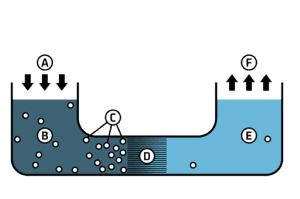
Contaminants that Reverse Osmosis Systems Remove
Reverse osmosis systems (RO) are designed to remove contaminants from drinking water, and they can effectively provide clean and safe drinking water that is very essential both for animal and human organisms. RO systems use a semi-permeable membrane to filter out contaminants such as chlorine, heavy metals, sulfates, phosphates, nitrates, fluoride, and other dissolved solids.
The membrane’s small pores allow only the cleanest of water molecules to pass through them while leaving the brine or rejecting water with those unwanted particles. This process results in purified drinking water that is free of dangerous contaminants.
In addition to these impurities, RO systems can also remove bacteria and viruses from your drinking water supply.
Healthy trace minerals and other inorganic substances
Healthy trace minerals such as manganese, copper, zinc, fluoride, and selenium are only needed in small amounts in your body. If in any case, the tap water contains minerals that exceed the maximum concentration recommended, they have to be reduced. Since RO removes 99.99% of these minerals, RO water has to be remineralized.
On the other hand, unwanted inorganic substances such as ammonia, hydrogen sulfide, salt, and other substances that do not contain carbon are also removed in the reverse osmosis process. This ensures your body gets clean drinking water free of harmful contaminants and substances.
Organic contaminants
Volatile organic chemicals (VOCs) are emitted as harmful gases from various products we use daily such as aerosol sprays, gasoline, paint, automotive products, wood preservatives, and even personal care items. Although they do not occur naturally in water, VOCs can get into our tap water when products containing them are not properly stored or disposed of.
Following are some of the common VOCs that are known to cause adverse health effects to those exposed.
- Benzene
- Ethylene Glycol
- Toluene
- Formaldehyde
- Methylene Chloride
- Xylene
Many RO systems that have carbon filters are capable of removing these contaminants, which is a great benefit for individuals who suffer from serious health problems.
Microorganisms that cause diseases
Microorganisms that cause diseases such as bacteria, viruses, and protozoans are removed during the reverse osmosis process. It is worth mentioning that rotaviruses can survive even in treated river water. Rotaviruses have a diameter of 70nm or 0.07 microns. They are relatively small indeed but they cannot get through a 0.0001-micron size of an RO micropore.
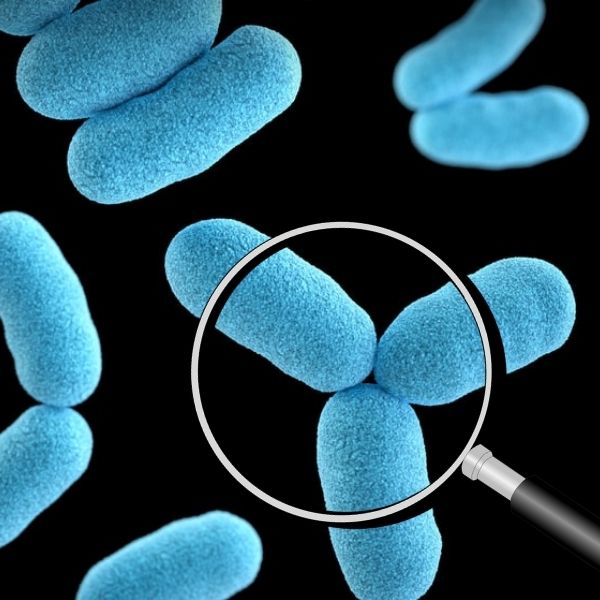
Pesticide Contaminants
The chemicals we use to kill weeds and pests such as insects and rodents could also cause serious health problems, especially for vulnerable populations like children and pregnant women. Atrazine, a widely used herbicide in the US is detected in surface waters and groundwaters across the country. Exposure to this chemical can increase one’s risk of kidney disease and even birth defects.
Heavy Metals
Heavy metals like arsenic, lead, cadmium, mercury, and manganese are found in the water that comes from conventional water sources. In terms of size, they are slightly bigger than the typical RO’s micropore size of 0.0001 microns. Lead with an atomic radius of 202pm (Van der Waals radius) or 0.000202 microns can be filtered effectively by an RO system.
It is worth mentioning that while atoms are smaller than water molecules, RO semi-permeable membranes are specially designed to only allow solvent molecules, in this case, water molecules to penetrate and prevent the solute molecules or atoms (from contaminants) to pass through.
Pharmaceuticals
Pharmaceuticals in stream water mostly come from manufacturing plants, and consumers. Since drugs are not all metabolized by the human body, drugs end up as raw sewage or untreated wastewater. When sewage is not properly disposed of, it could reach rivers, lakes, streams, reservoirs, and even groundwater.
While there are no reported adverse health effects related to exposure to pharmaceuticals in drinking water, it is wise to be on the safe side and have it removed from your drinking water.
Reverse Osmosis Filters Reduce TDS Level
Total Dissolved Solids (TDS) refers to the total amount of dissolved substances in water. This includes minerals, organic salts, metals, and a small number of organic matter.
These substances can come from both natural sources or as a result of human activities. Mineral springs where rocks have high salt content could contain higher levels of dissolved solids. Wastewater from domestic and industrial sewage can also contain a high number of minerals and metals.
According to EPA Secondary Drinking Water Standards, the TDS level in drinking water should not exceed 500 ppm. While a high TDS level is not recommended for public consumption due to a high content of organic salts, removing all the dissolved solids will also give you flat water.
Unlike distillation and deionization, reverse osmosis does not totally remove all total dissolved solids in water but reduces them below 25 ppm.
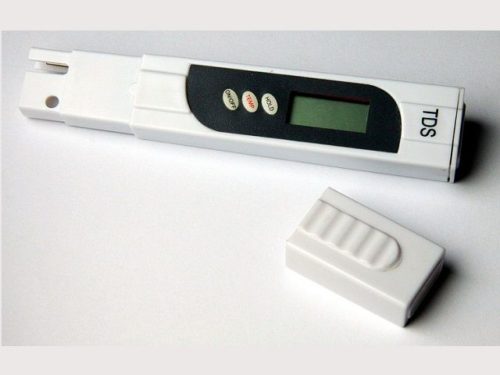
Is Reverse Osmosis Water Harmful to your Health?
Considering that essential minerals are also removed during the process, is reverse osmosis water actually beneficial for your health?
Since reverse osmosis removes even the healthy minerals in the water, some experts warn that it can be harmful if consumed over long periods of time. That’s why the safety of RO water is essential. It has been suggested that drinking RO water could lead to mineral deficiencies resulting in fatigue, constipation, and general malaise – though there is no concrete evidence yet linking it directly with ill health.
Also, water is not the only source of essential minerals that your body needs. We can get those minerals from a healthy balanced diet as well. And as long as you don’t have conditions like acid reflux or gastrointestinal ulcers, RO water will not cause any negative impact on your health.
Should You Own a Reverse Osmosis System to Get Clean Drinking Water?
According to World Health Organization, having access to clean drinking water is very essential for good health. And a reverse osmosis system can be a great way to ensure that your family has access to safe and healthy water. By using pressure to force the water molecules through a semi-permeable membrane, reverse osmosis water systems can remove up to 99% of contaminants found in tap water.
When considering whether or not you should own a reverse osmosis system, it is important to understand its benefits. These systems virtually remove dangerous substances and harmful microorganisms that may be present in tap water supplies. As a result, you get to enjoy the taste of healthy and safe drinking water. Reverse osmosis water filters can remove some beneficial minerals as well as some beneficial calcium, but that you can regain by remineralizing RO water.
Common Alternatives to Reverse Osmosis Filters
Water filtration is an important part of maintaining a healthy lifestyle, and reverse osmosis (RO) filters have long been to produce safe and contaminant-free drinking water. However, there are many other alternatives to RO filtration systems available to consumers who may be looking for something different.
Here are some of the most common alternatives to reverse osmosis filters:
Sediment Filters
Sediment Filters are effective at reducing sediment and lead in your water. The downside is that they can be difficult to install, and they are not as effective at removing contaminants like arsenic, fluoride, or salt.
Activated Carbon Filters
Activated Carbon Filters use carbon to remove contaminants in your tap water. They are effective at removing chlorine and some heavy metals, but they aren’t necessarily as effective as a reverse osmosis filter.
Distillation
Like reverse osmosis, distillation is also an effective way to purify water.
It involves boiling water until it evaporates and condenses, leaving behind contaminants. The result is clean pure water—the reason why it is used in medical facilities and laboratories. One downside is the process requires energy which is costly in the long run.

Ion Exchange
This type of filter removes unwanted minerals and impurities from your tap water, leaving you with clean, safe drinking water. It works by using an ion-exchange resin to trap and remove charged particles from the water, such as calcium and magnesium ions. The exchange method involves exchanging one type of ion for another in order to achieve a balance in the system.
UV Filtration
UV filtration is an effective and eco-friendly method of water purification. UV filtration works by passing water through an ultraviolet light, which kills any pathogenic organisms that are in the water. This eliminates harmful bacteria, viruses, and other microorganisms from your drinking water. However, UV filters are not effective in removing healthy metals and minerals in the water.
Ultrafiltration
An ultrafiltration system works by forcing contaminated liquid through a membrane filter. As the water passes through, suspended particles and other contaminants are strained out to produce clean, safe drinking water or wastewater suitable for discharge back into the environment. Its pore size is around 0.01 microns and so bigger particles from contaminants are removed from the system.
Activated Alumina
Activated alumina filters are designed to absorb fluoride, arsenic, and other toxic substances from tap water. One advantage is the ability of its pores to bind with toxic substances so it does not leak into the environment when discarded.
Ceramic Filters
Ceramic filters offer an affordable and reliable method to filter tap water. It can remove sediments and harmful microorganisms such as bacteria and some viruses. However, it cannot effectively remove heavy metals and other toxic compounds since its 0.5-micron pore is still big enough for atoms or molecules to pass through.
Nanofiltration
Effective as a water softener, nanofiltration which has a pore size of around 0.001 microns removes divalent ions—the culprit of hard water. It also removes pesticide compounds, some microorganisms, and some minerals. One advantage of nanofiltration it retains mineral salts that RO would otherwise get rid of.
So, these are some alternatives to reverse osmosis that you can use for your water filtration needs.
Conclusion
So, is reverse osmosis water healthy? RO water is a great option for those in search of clean, healthy, and safe drinking water. It is a great way to remove pollutants from tap or groundwater and can also help improve the taste. This system also reduces TDS levels and purifies your water. In addition, there are also some alternatives to reverse osmosis that you can use to filter your water.
